 The April Daring Baker’s Challenge was hosted by Wolf of Wolf’s Den. She challenged us to Spring into our kitchens and make Easter breads reflecting cultures around the world.
The April Daring Baker’s Challenge was hosted by Wolf of Wolf’s Den. She challenged us to Spring into our kitchens and make Easter breads reflecting cultures around the world.
While I don’t personally celebrate Easter in a religious sense, I do look forward to any holiday that has a food tradition to go with it (see: Christmas baking). Paska, a special Eastern European Easter bread, is one such food tradition, and the egg-rich Ukrainian version with its intricately decorated top is one that I’ve been wanting to try for a while now. This month’s challenge was the perfect opportunity to do it.

In pre-Christian times, paska was baked as an offering to the Pagan gods. It has since been adopted into Christianity, where it is taken to church in an Easter basket to be blessed by the priest. When looking for a recipe for this special bread, I did my usual, slightly obsessive, “must-scour-the-internet-for-the-best-version-ever” trick before choosing a Martha Stewart recipe which comes from a woman who is both curator of the Ukrainian Museum and Library and librarian at Saint Basil Seminary, a Ukrainian Catholic college in Connecticut. Quite the pedigree for a recipe!

When I say paska is an egg-rich bread, I really mean it. This dough contains three whole eggs and eight egg yolks along with twelve cups of flour. Which is to say that unless you have an industrial-size mixer, you’ll be doing some hand kneading… 😉 I started off mixing the dough in my KitchenAid, then had to transfer it to the largest bowl in my kitchen to finish incorporating the flour. Luckily, the dough is soft and smooth and easy to work with by hand, and it’s very satisfying to knead a giant ball of dough. According to traditional Ukrainian paska legend (I’m not making this up!), there are several things to keep in mind when making paska. First, it’s important to have only positive thoughts when making it so that the positive energy can enter into the baking, otherwise it might not turn out. Second, you can’t sit down while the dough rises or it might go flat. And third, you have to make an incantation as you put the paska in the oven to insure it comes out looking as pretty as it did when it went in. (I’m not going to lie – I did none of these things, except for maybe the positive attitude bit!)

The decorative ropes, twists, rosettes, and crosses on top of the paska each symbolize something different for the coming year. The ones I used were the twist around the outside symbolizing eternity, the four-sided cross originally meaning the four corners of the earth but now taken to represent the Christian cross, a sort-of sun motif without enough arms, and the flower or rosette symbolizing fertility for a good harvest. These decorations are held in place on top of the paska with toothpicks during baking, which helps keep everything pretty so that you don’t have to rely solely on your incantation. 😉 Oh – and about the baking tins: you can use pretty much anything to bake paska in, from cake pans to coffee cans to I-don’t-know-what-else. I found three deep, round cake tins in descending sizes at the thrift store that were too perfect not to buy (plus it happened to be fifty-percent-off day, so they were practically free!), even though any of the pans I already owned would have worked fine, too. 😉

I loved making this paska. I couldn’t believe how beautiful it was coming out of the oven, and I was super pleased with how it turned out. The crumb is quite tight, almost more cake-like than anything, with a delicious citrusy-vanilla scent. To be honest, I found it a little bit dry on its own (surprising, considering how many eggs went into it), but it fully redeemed itself when spread with butter and apricot jam. It also made excellent toast and phenomenal french toast (with even more eggs!). The two larger loaves were well-received by family and friends, and I think in the future I will be adding paska to my Easter baking list along with hot cross buns.

Thanks for the challenge Wolf! For more beautiful Easter breads from all over the world, check out the Daring Bakers.
Ukrainian Paska
Adapted from Martha Stewart. Yield is 2 large round loaves (each 9″ in diameter) or several smaller ones. Feel free to use whatever round baking tins you have available – mine were 8″, 6.5″, and 5″. I’ve given the ingredients in volume and by weight to make it easier to scale down the quantity, should you decided not to make paska to feed an army! For more decoration ideas, visit this page.
Sponge
In a large bowl, mix together:
4 1/2 tsp (16 g) active dry yeast
1 tbsp (12 g) all purpose flour
1 tbsp (16 g) granulated white sugar
3 tbsp (45 g) warm water
Let the mixture sit for 10 – 20 minutes until it is all foamy.

Stir in:
4 cups (544 g) sifted flour (if measuring by volume, sift first, then measure)
2 cups (455 g) warm milk

Cover the bowl with plastic wrap and let the sponge is a warm spot for 30 minutes, until doubled in size.

Dough
In the bowl of a mixer fitted with the paddle attachment, combine:
3 whole eggs
8 egg yolks
2/3 cup (140 g) granulated white sugar

Beat on high until pale and thickened.

Add the risen sponge mixture and stir to combine.

Mix in:
1/4 tsp salt
1 tsp vanilla
the grated zest of 1 orange and 1 lemon
3 tbsp (30 g) rum or brandy (or bourbon, if that’s all you have in your cupboard…)
1/2 cup (113 g) melted unsalted butter
1/2 cup (108 g) vegetable oil

Change out the paddle attachment for the dough hook and gradually (1 cup at a time) stir in:
up to 8 cups (1088 g) sifted all purpose flour (again, if measuring by volume, sift first)

You will probably run out of room in your mixer before you add even half of the flour.

Transfer the dough to a very large bowl and work in enough flour with your hands until you have a soft dough that doesn’t stick to the bowl (you may not need all the flour – but if you need more, that’s OK too).

Turn out the dough onto a work surface and knead the dough, adding in any remaining flour as necessary, until it is very smooth, soft, and elastic (about 15 minutes).

Oil your giant bowl and place the dough inside, turning it over to coat it lightly with oil.

Cover with a tea towel and let rise somewhere warm for 1 – 2 hours, until doubled in volume.

To Shape
Prepare your baking tins (two 9″ round springform pans would be perfect) by buttering the bottom and sides, then fold a piece of parchment paper in half lengthwise to make a collar around the inside of the tin. Press it to stick to the buttered sides of the tin.

Gently punch down the risen dough and reserve 1/3 of it for the decorations.

Portion off the remaining 2/3 of the dough (depending on how many tins you have) and form it into balls by pinching all the edges in towards the center. Poke the dough all over with a skewer to remove any air pockets.

Place the dough smooth side up in the prepared baking tins. Cover the formed dough and the reserved dough with a tea towel and let rise for about 30 minutes.

After 30 minutes, shape the reserved dough into decorations for the paska. Mix together an egg wash of 1 egg + 1 tbsp water and use it to glue on the decorations.
For each loaf, make a twisted rope around the edge by rolling out two long snakes of dough and twisting them together. Form the rope into a circle and lay it around the edge of the loaf.

To make the 4-cornered cross, roll out a log of dough with fat ends. Split each end of the log into two strands, then roll them into tapered lengths and coil up each one.

For a sun-motif (sorta – it should have a few more arms), roll out a strand dough into a thin snake. Coil the ends in opposite directions and attach to the top of the paska. Repeat with another strand of dough (up to 4 strands total) and arrange on top of the paska so it overlaps the first one and the ends point in all four directions, like a compass.

For the twisted strand, make two long thin stands of dough and twist them together, leaving several inches untwisted at each end. Coil up the ends. You could also make two of these and overlap them to make another 4-cornered cross symbol.

To make a flower/rosette, roll out a long snake of dough, then flatten it with a rolling pin. Make little notches down one side with a knife, then roll it up from one end, letting the notched side fall open to form the petals. Pinch the closed end together to secure.

Secure all decorations with toothpicks so they stay put while rising and baking. Cover with a tea towel and let the decorated dough rise for about 30 minutes more, until it is a few inches from the top of the parchment paper collar. While the dough rises, preheat the oven to 350˚F (325˚F convection).

Brush the risen dough with the remaining egg wash.

Bake for 10 minutes in the preheated 350˚F (325˚F convection) oven, then reduce the heat to 325˚F (300˚F convection) and bake another 50 or so minutes, until well-browned on top and hollow-sounding when tapped. Leave in the tins until almost cool, then remove while still slightly warm and place on a rack. Carefully remove the toothpicks, and cool completely before slicing the paska into wedges.

* * *
This post has been YeastSpotted and submitted to Barbara and Sandra‘s Panissimo.

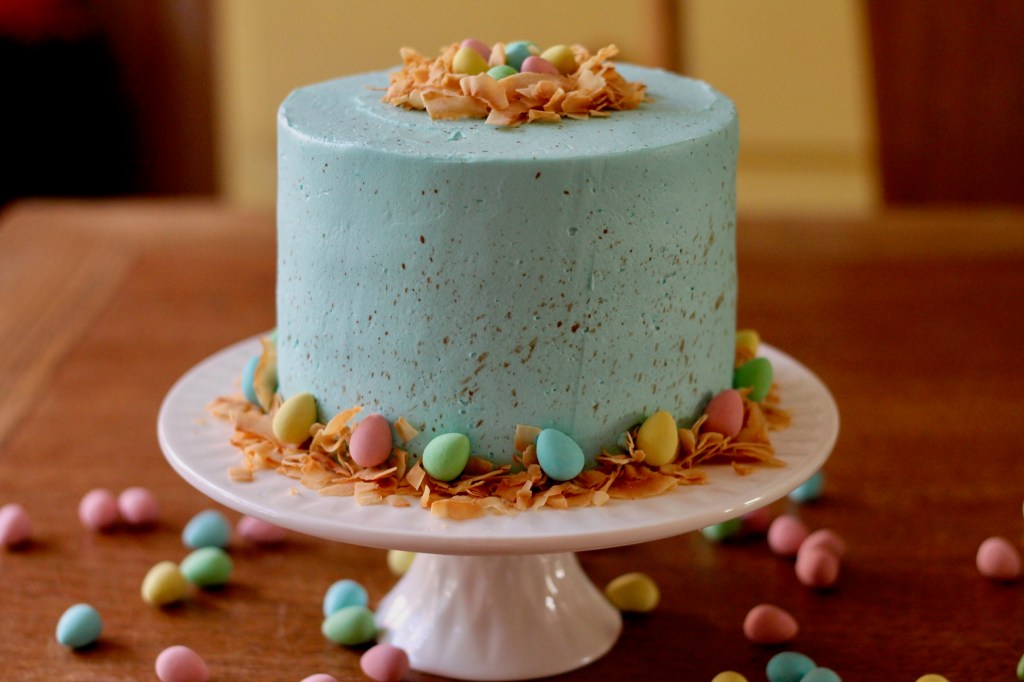
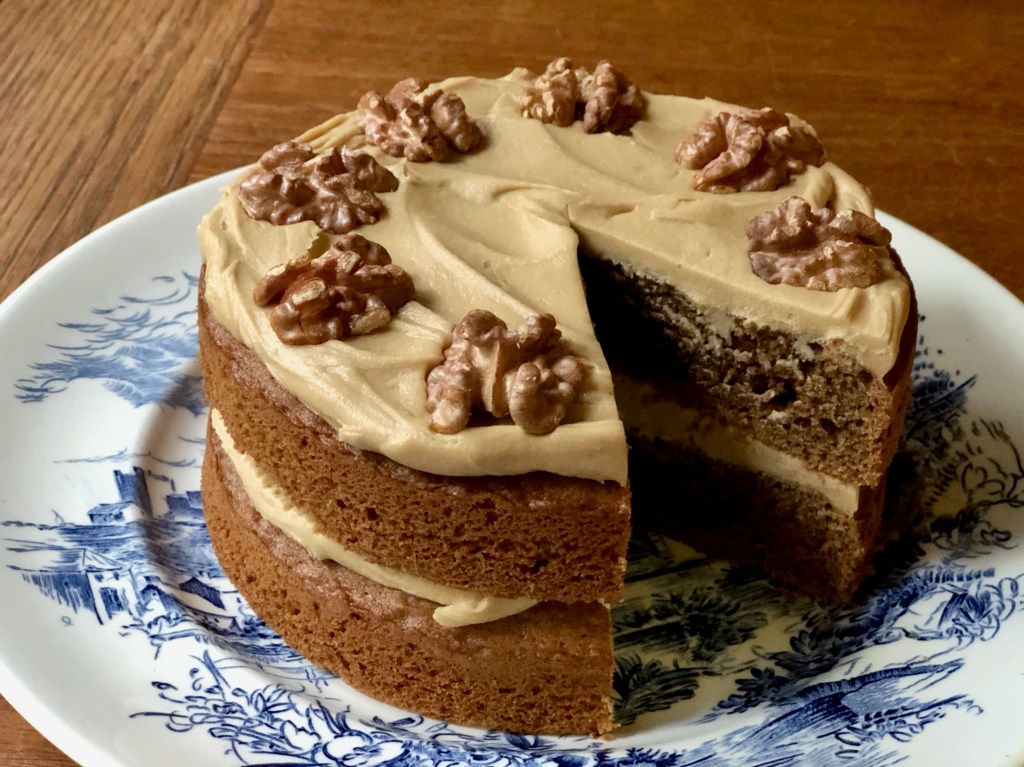
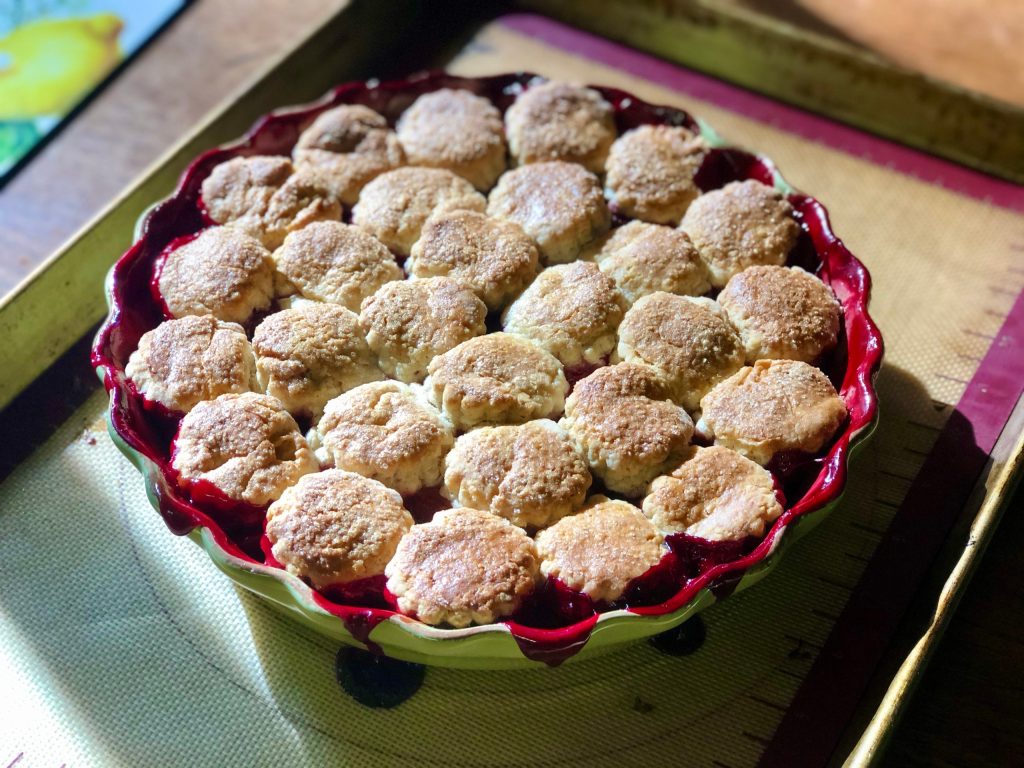
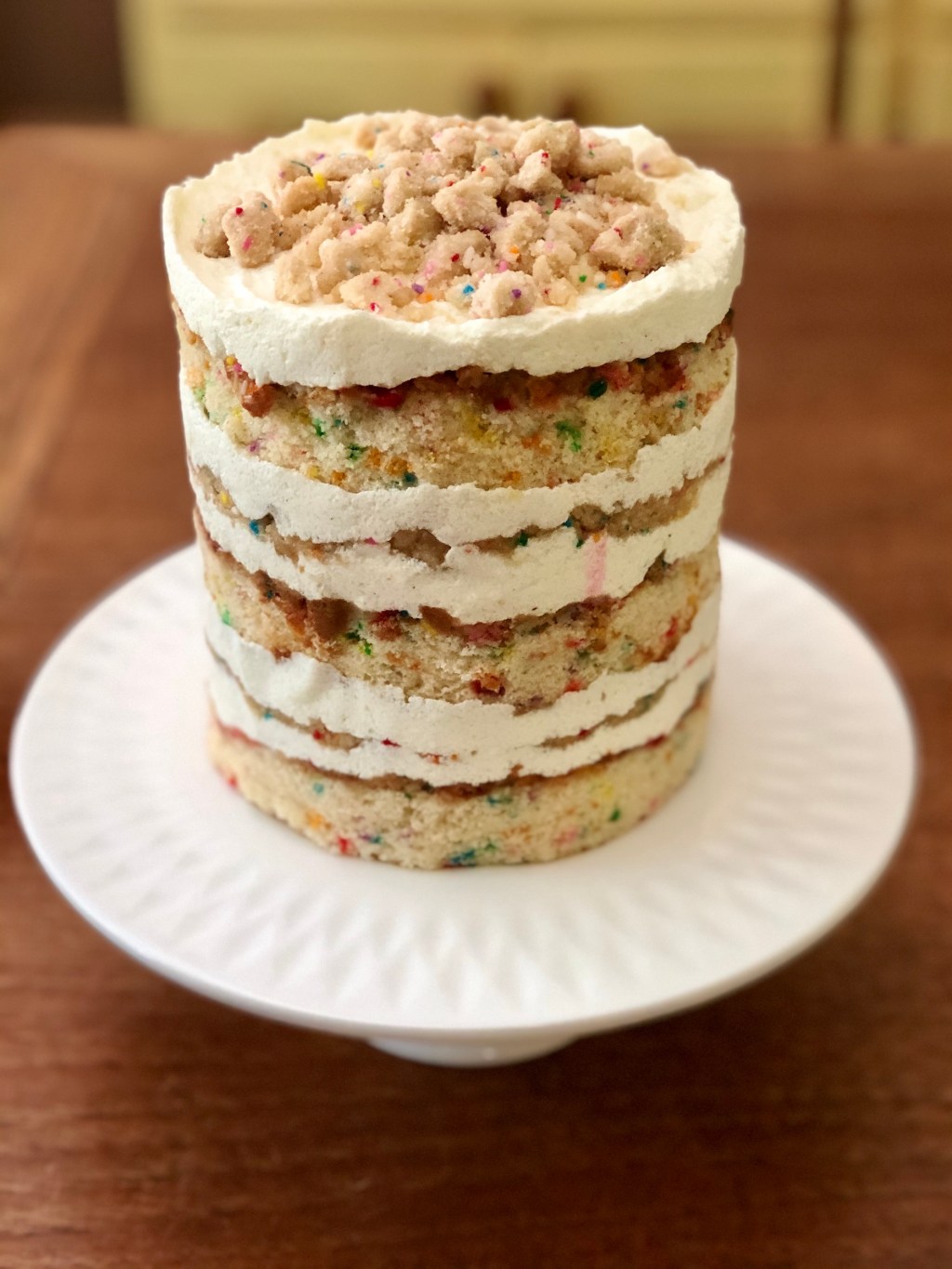
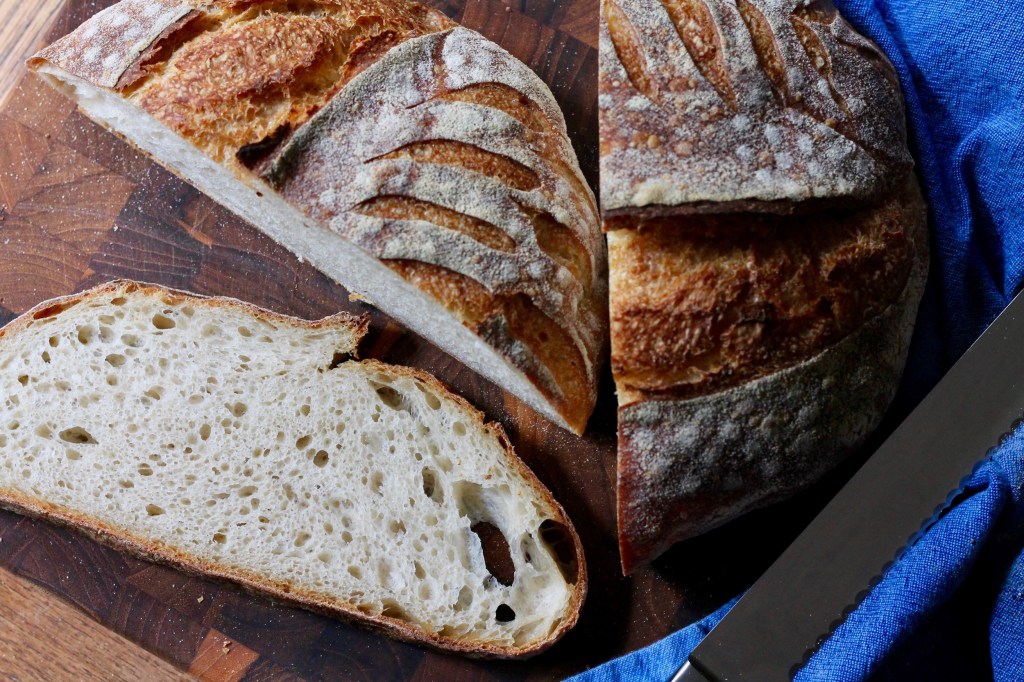
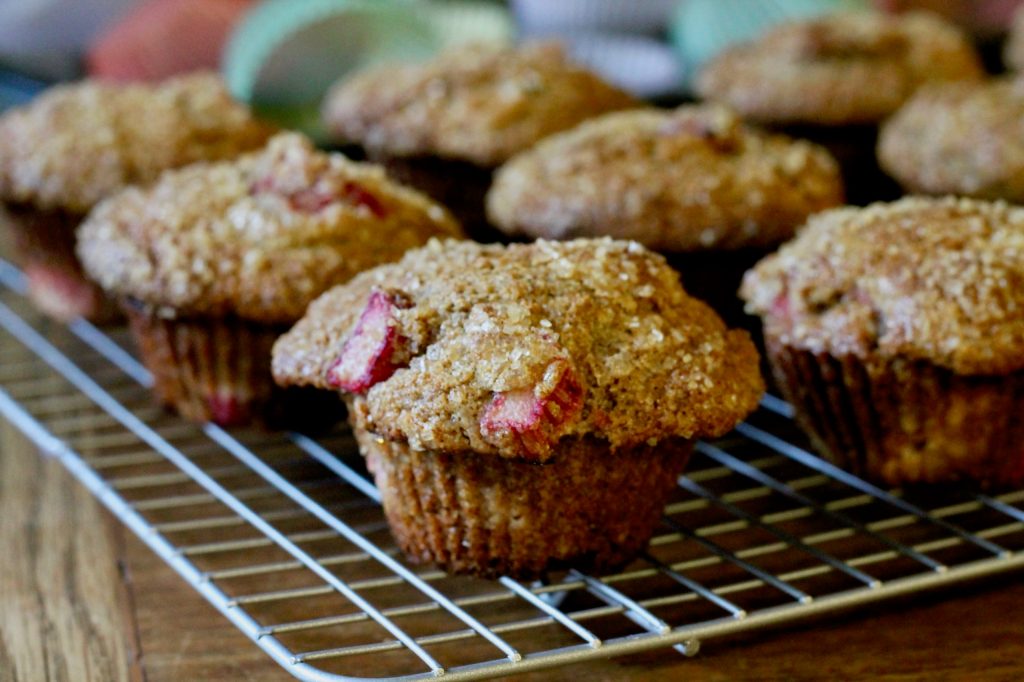
Leave a comment